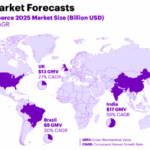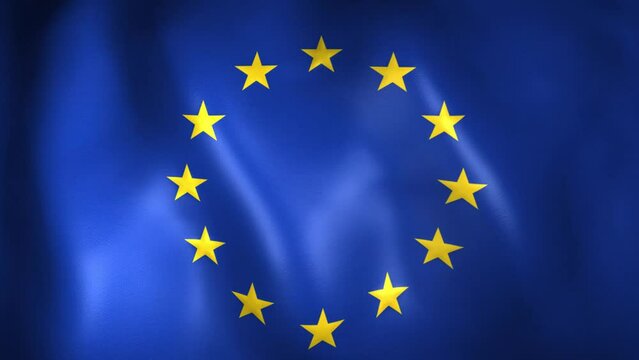European cross-border ecommerce continues to experience explosive growth, according to the 6th edition of the ‘TOP 500 B2C Cross-Border Retail Europe’ report by Cross-Border Commerce Europe. The report, which excludes travel purchases, reveals that the online European cross-border market reached a staggering €237 billion in 2023, a significant 32% increase compared to the previous year.
Strong Overall Growth, UK Sales Dip
This surge reflects a growing appetite for cross-border shopping among European consumers. European online stores themselves generated €107 billion in cross-border sales in 2023, representing a modest 1.4% increase from the record-breaking €105.5 billion recorded in 2022.
The overall growth in European B2C online sales paints a similar picture. The report indicates a healthy 13% year-on-year increase, reaching a total turnover of €741 billion in 2023. Notably, a significant 32% of this total stemmed from cross-border transactions.
However, the report also highlights a potential shift in the landscape. While most European markets saw significant growth in cross-border sales, the UK experienced a surprising decline. UK online stores generated €27.5 billion in cross-border sales in 2023, a 1.8% decrease compared to 2022. This marks the lowest cross-border sales figure ever recorded for the UK market.
Continental Europe Leads the Charge
Meanwhile, continental European markets are thriving. German online stores emerged as the top performers, generating a remarkable €43 billion in cross-border sales, reflecting a 28% increase. French online stores followed closely behind with €32 billion (up 30%), while Spanish online stores witnessed a staggering 50% growth, reaching €18 billion. Dutch online stores also saw impressive growth, achieving a 45% increase to reach €7 billion in cross-border sales.
These figures suggest a potential shift in consumer preferences, with continental European markets gaining traction among cross-border shoppers. The reasons behind the UK’s decline remain to be seen, but it suggests a potential opportunity for other European markets to capitalize on changing consumer behavior.










